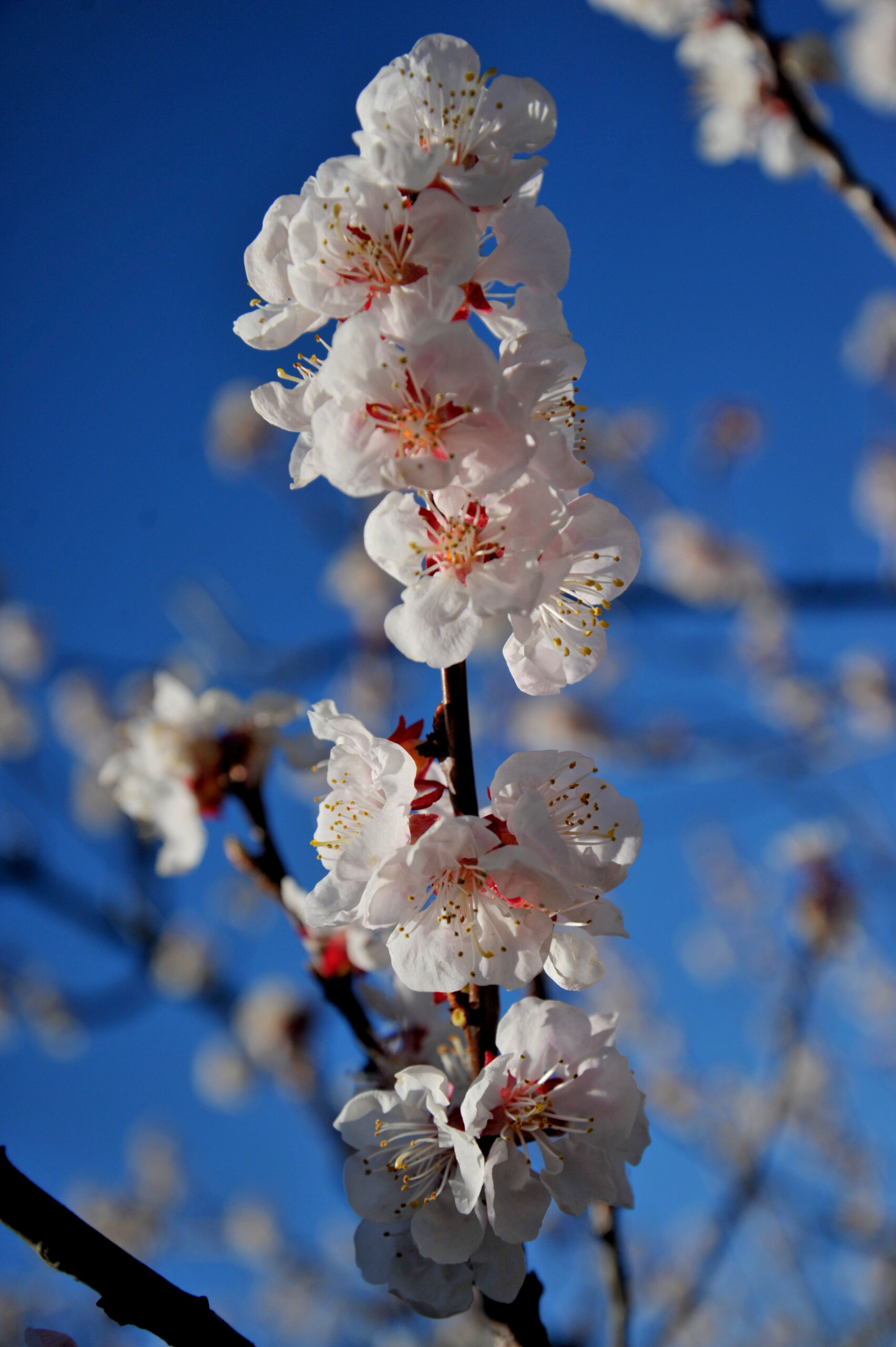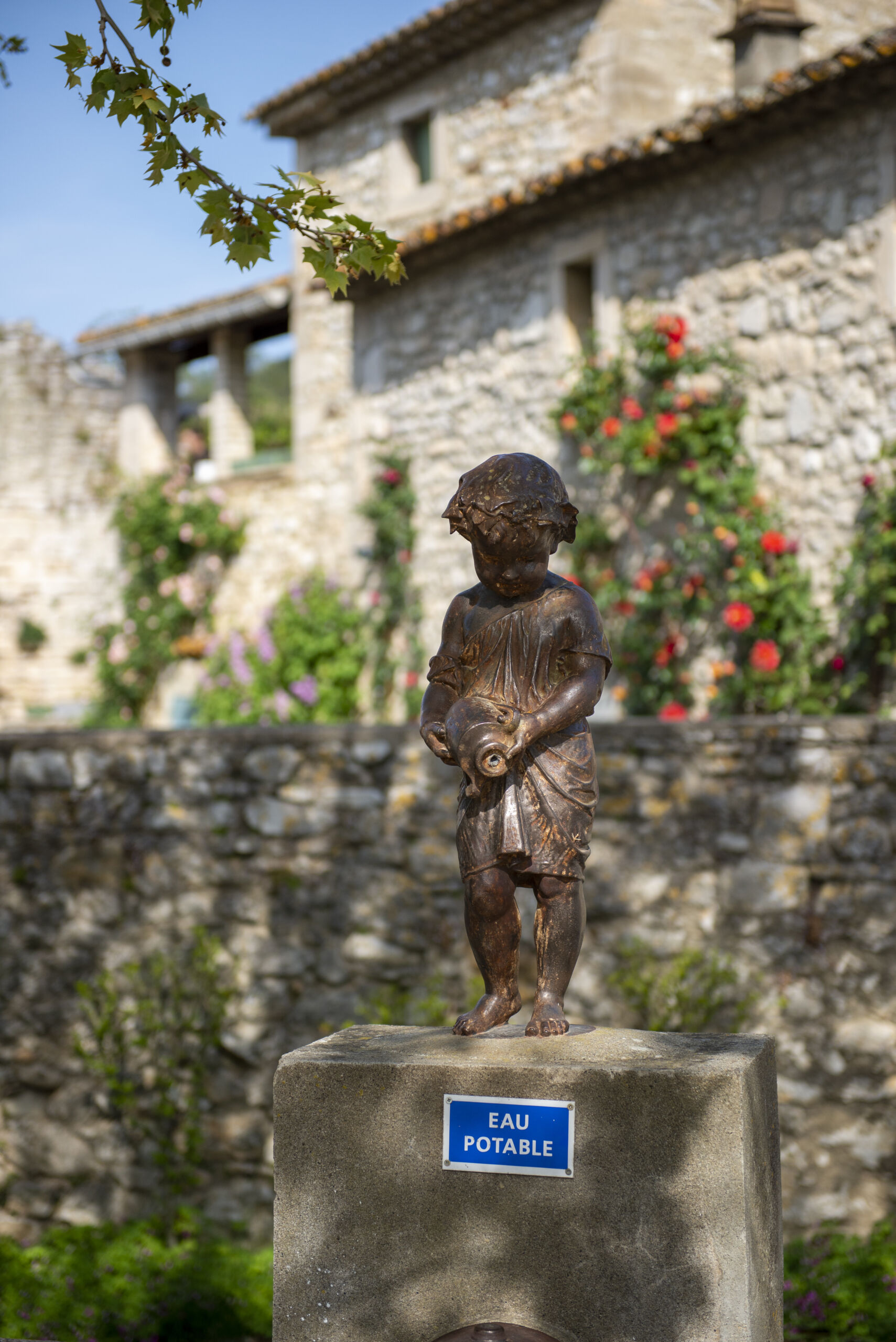
The rich heritage of Provence Occitane is sure to enchant you from the moment you arrive. And with good reason! This is a region with a strong southern character, rich in a remarkably well-preserved historical, architectural and natural heritage. Here, the golden light of sunsets sets the old stones ablaze, and every path reveals a new piece of history. Whether it’s medieval castles, Gallo-Roman remains or listed villages, the heritage of Occitan Provence is a veritable open book, to be explored step by step, at your own pace, in a friendly, authentic atmosphere.
It’s impossible to understand the rich heritage of Occitan Provence without discovering its many medieval castles. These fortresses, built between the 12th and 14th centuries, are silent witnesses to a tumultuous past of conflicts, military strategies and seigniorial struggles.
One of the most emblematic is the Castellas de Saint-Victor-la-Coste, enthroned atop a rocky outcrop. Recently restored, it offers a striking insight into the Middle Ages, with its ramparts, chapel and panoramic views over the surrounding valley. Not far from there, the Château de Gicon in Chusclan, accessible by a path through vineyards and forest, reveals a massive keep dominating the Rhône valley, a testament to the strategic importance of this elevated position.
At Montfaucon, theancient fortress has been transformed into a winegrower’s castle, integrating the built heritage into the heart of the winegrowing region. In Montclus, a village nestling in a meander of the Cèze, the ruins of the medieval castle still stand proudly, overlooking the peaceful, flower-filled streets. Finally, Aiguèze, one of the Most Beautiful Villages in France, invites you to stroll along its ancient sentry walk to admire a spectacular panorama of theArdèche, the vineyards and Mont Ventoux.
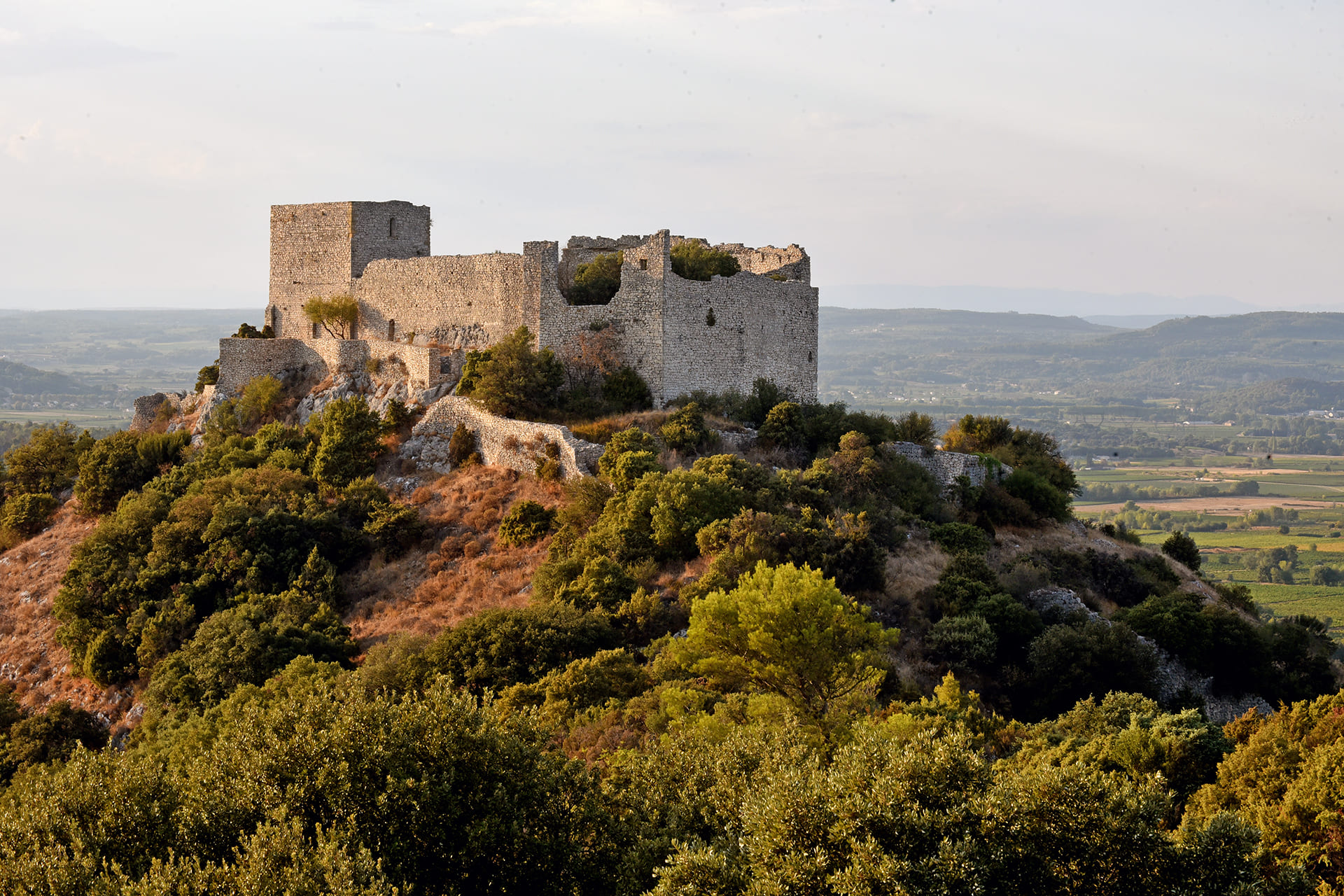
Ancient heritage is another key facet of Occitan Provence. The region has preserved some remarkable remains from theGallo-Roman era, reminding us just how much this land was once a crossroads for trade and civilisation.
Caesar’s Camp at Laudun-l’Ardoise is one of the most impressive sites. Spread over 18 hectares, this archaeological site invites you to immerse yourself in the daily life of the Gallo-Romans. According to local legend, a golden goat appears at the summer solstice, guarding a hidden treasure and symbolising the sun. The site, steeped in mystery, also offers superb views of the surrounding hills and vineyards.
Another remarkable site is the Gaujac Oppidum, perched high up on an ancient Roman road. Traces of a settlement dating back to the 2nd century BC can still be seen here, along with fragments of pottery and ancient coins found during excavations. It’s an ideal place to combine walking, culture and the contemplation of unspoilt countryside.
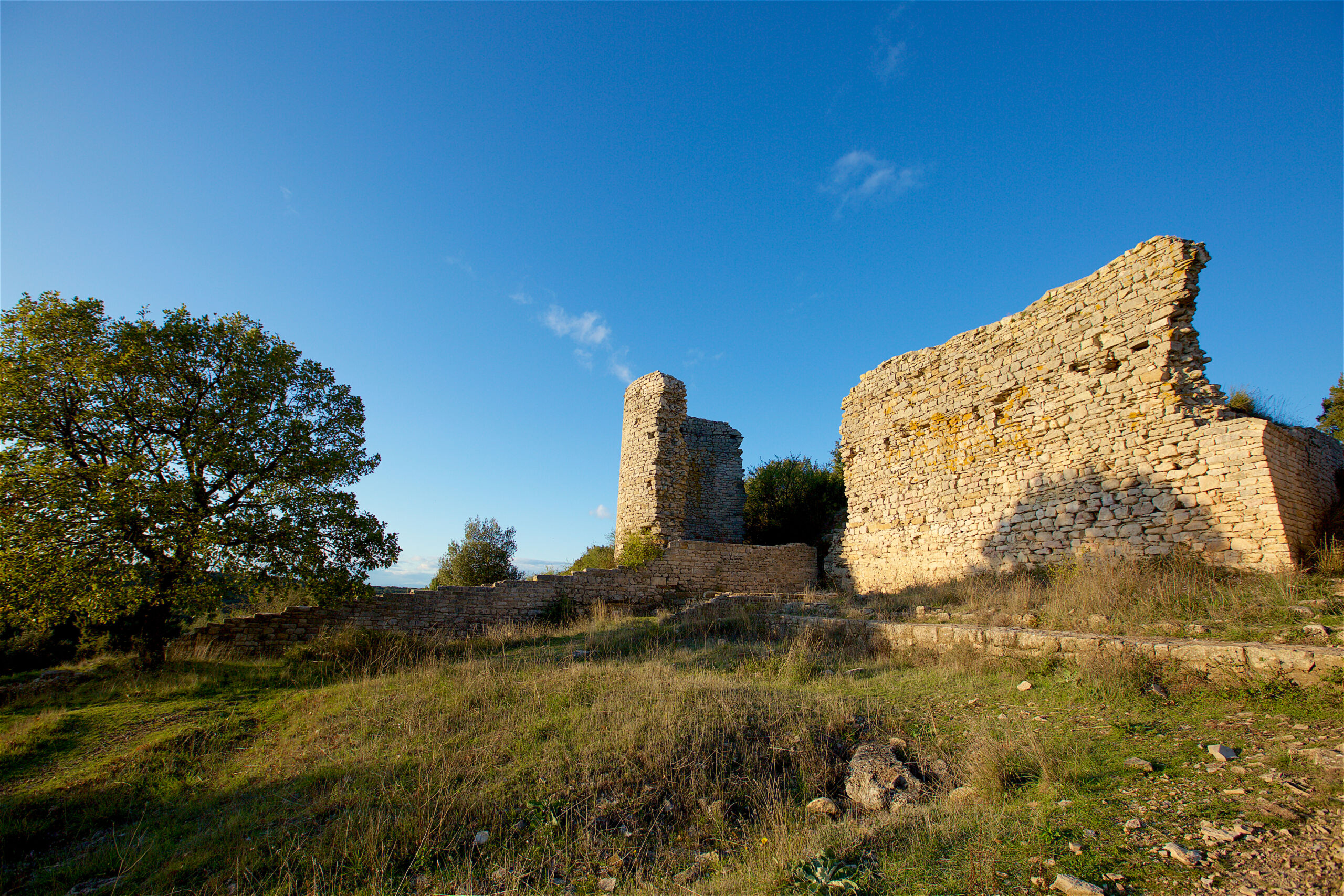
As well as its monuments, Provence Occitane is also known for its characterful villages, where every alleyway seems to carry echoes of the past. Here, heritage is alive and well, embodied by the local people and their traditions, and can be discovered on intimate walks.
La Roque-sur-Cèze, clinging to a rocky outcrop, offers a backdrop worthy of a painting, with its pale stone houses, cobbled streets and terraced vineyards. Just below, the Sautadet waterfalls, a spectacular natural site, add a refreshing touch to your visit. In Montclus, the white facades and vaulted passageways form a harmonious architectural whole, where stone mingles with lavender and vines. The stone-built Pont du Moulin invites you to take a poetic stroll across the river.
As for Pont-Saint-Esprit, the town boasts an exceptional religious and civil heritage. Its twenty-arched medieval bridge, seven centuries old, is one of the oldest bridges crossing the Rhône. The town also boasts a collegiate church, a priory, noble houses and a museum of sacred art, housed in the Maison des Chevaliers, which combines medieval art and exotic objects.
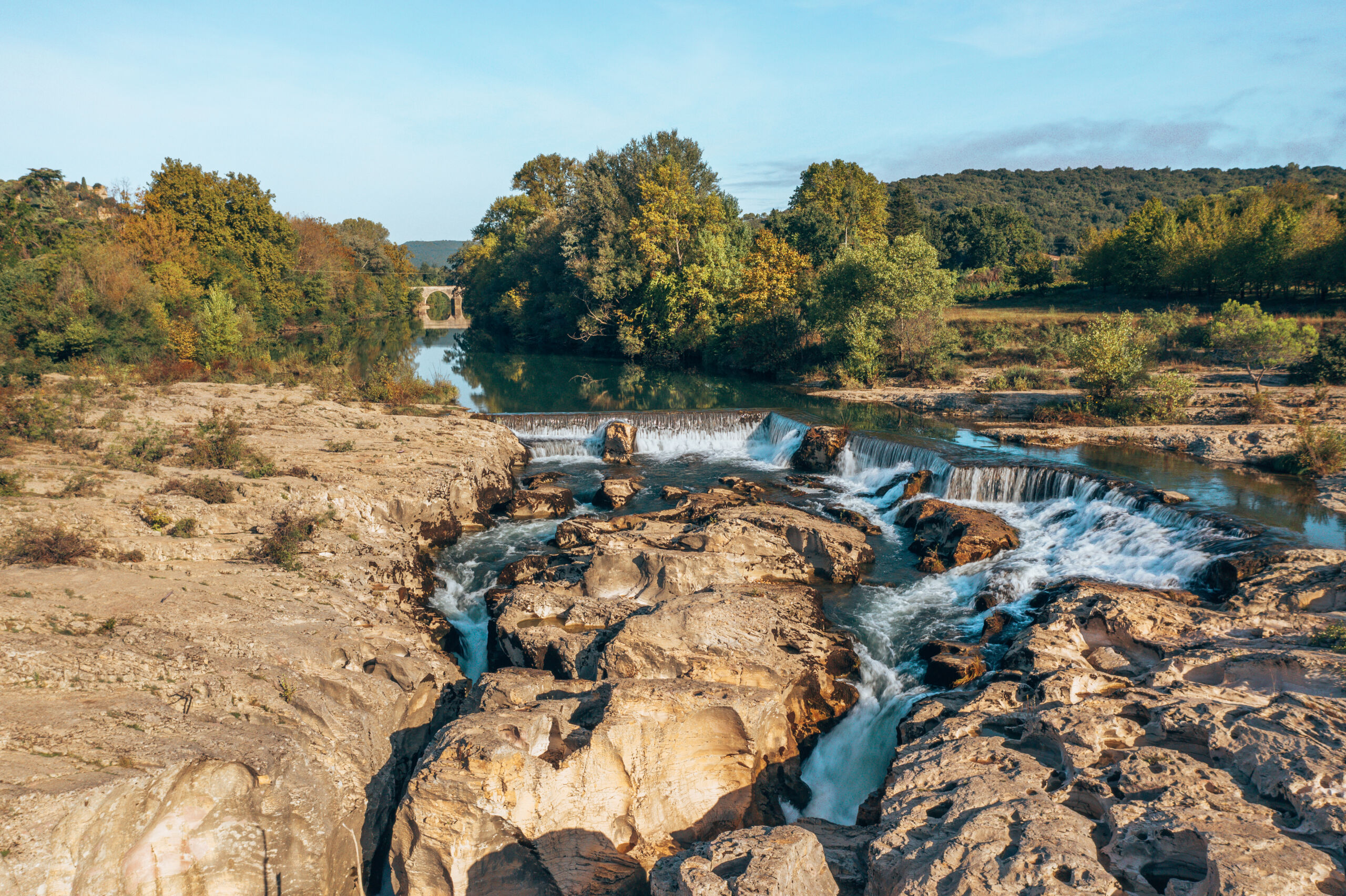
In Provence Occitane, built and wine heritage are intimately linked. Places like the Chartreuse de Valbonne, a former 13th-century monastery now dedicated to wine and culture, are the perfect embodiment of this union. Surrounded by vines, the Chartreuse produces hand-harvested wines, matured in the vaulted cellars of the Carthusian monks.
The Château de Montfaucon, overlooking a loop of the Rhône, also illustrates this fusion of history and oenology. Many wineries offer heritage tours and wine tastings, for a complete wine experience.
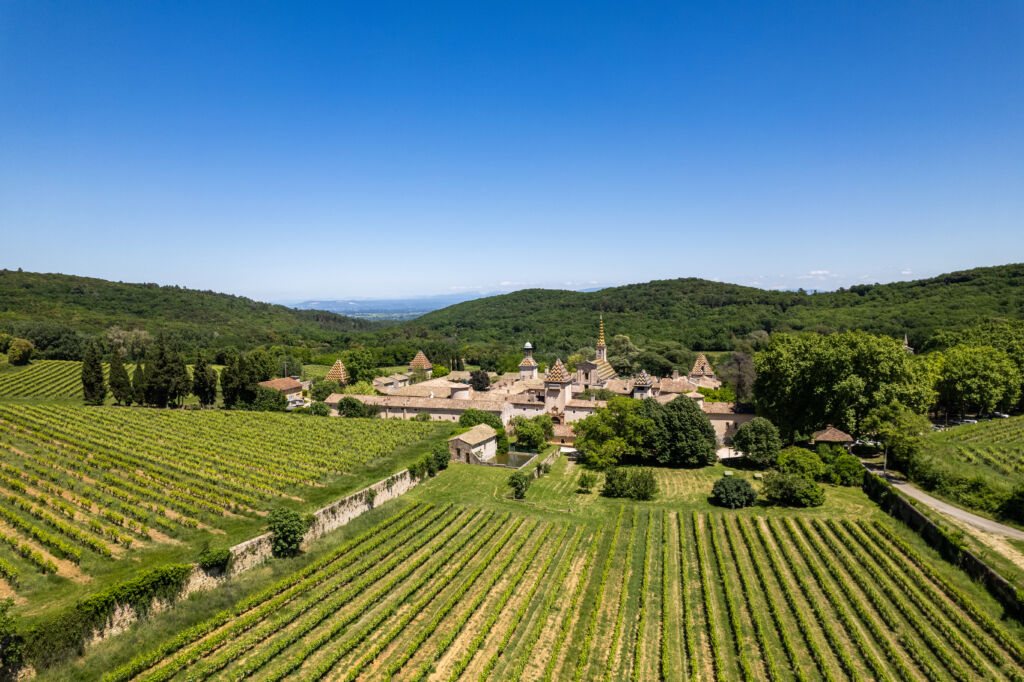
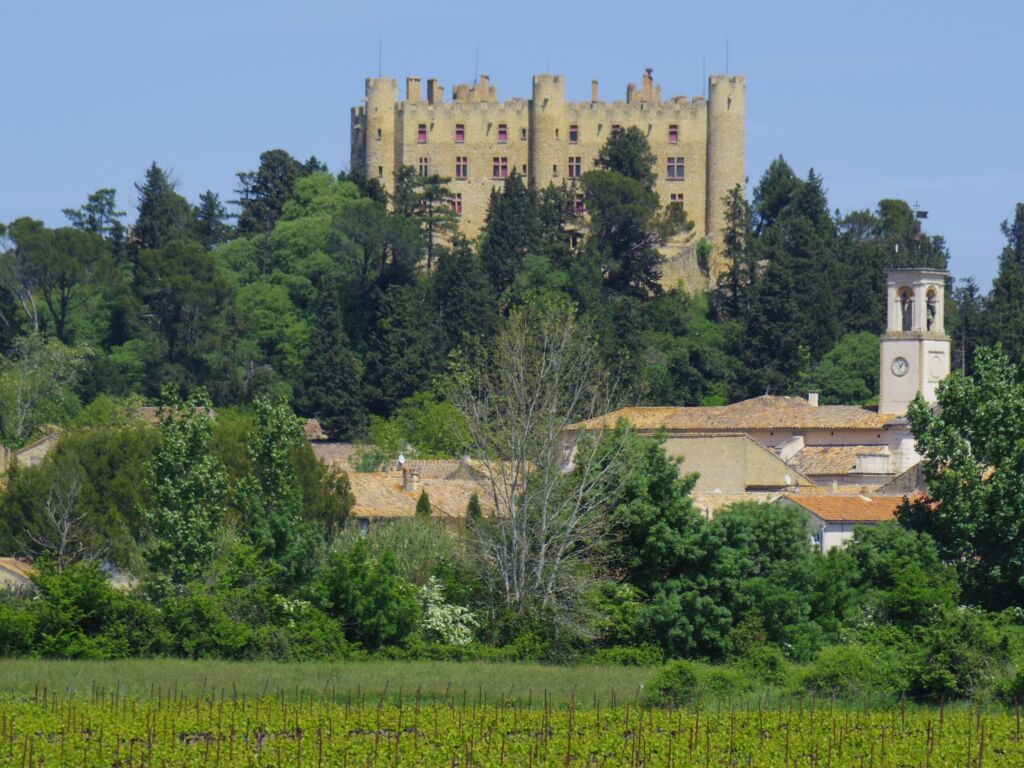
Exploring the heritage of Provence Occitane also means committing to a sustainable tourism approach that respects both the places and the communities that make them live. The region has a number of signposted routes for walking, cycling and even horse-riding, so you can discover its riches while limiting your environmental impact.
We invite you to follow the Gard Pleine Nature trails, take part in guided tours, meet local craftspeople or take part in heritage rallies, such as the one linking Montclus, La Roque-sur-Cèze, Aiguèze and Lussan. These initiatives combine culture, games and environmental awareness for an active and respectful discovery.
